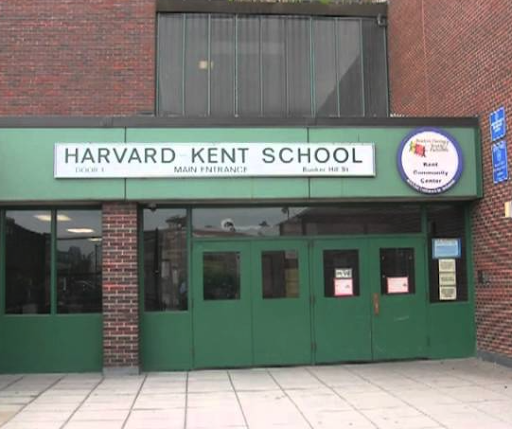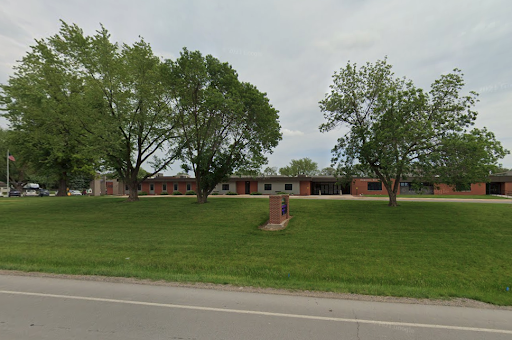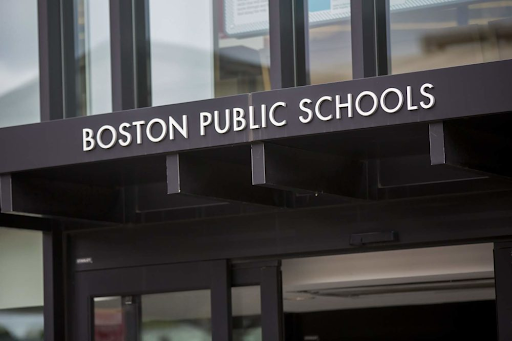Sprig Learning designs high-quality and culturally enabling early literacy and numeracy programs for pre-K to Grade 3.
High-quality early learning programs are used by school districts all over North America to produce meaningful results and deliver the best outcomes for young students.
The schools in these school districts listed here go above and beyond to meet their goals and objectives, and are thus categorized as high-performing schools.
What sort of practices do these schools and school districts engage in?
Creating a School Improvement Plan That Will Be High-Performing

Those trusted with creating school improvement plans have a strong understanding of what’s at stake and the school’s current situation.
The basics are common knowledge to those involved in elementary-secondary education.
Afterall, the key outcomes always support student achievement, education equity, attendance rates, graduation rates, etc.
The challenges are perennial in nature, and are both systemic (e.g., a lack of professional development) and operational (e.g., teacher recruitment and retention).
It helps to look at actual case studies from early learning to appreciate the reality on the ground and inside the classroom.
By observing these schools and districts, it’s possible to learn and take inspiration to solve similar challenges or implement a model or solution that best supports all students.
Three case studies are examined below, each followed by a discussion.
1. Adding Instruction Time for All Students

Credit: Boston Public School YouTube Channel
Harvard-Kent Elementary School in Massachusetts, is a welcoming school in a very diverse community that includes multiple ethnicities and dual-language speakers.
The school has a set of wonderful learning initiatives such as intervention blocks, which were added so teachers were able to implement trauma-sensitive practices that help students cope with socio-emotional difficulties. Compared to math, its literacy proficiency rate for students was relatively low.
To address this, it extended the learning time at school by 40 minutes in 2015 for those struggling with literacy, to help bolster their critical foundational skills.
At the same time, students assessed at meeting literacy standards used the time for accelerated learning, strengthening their reading comprehension skills with access to complex texts.
The dedicated time for intervention ensured that personalized learning opportunities were maintained throughout all grades. Grade-level texts were coupled with grade-level tasks, with scaffolding for struggling learners and extension activities for those requiring additional challenges.
The school also adopted an interest-based learning approach, where students were asked what they wanted to learn about. Lessons and units were adjusted with the students’ interest in mind.
As a result of all these efforts, English proficiency skills nearly tripled between 2015 and 2019!
What Worked
Certainly, all high-quality early learning programs consider the length of instruction time into their planning.
The more time teachers are able to spend directly with their students, the better the student outcomes usually are.
It’s also interesting to note the inclusive approach where the extended learning time was for all students. Both texts and tasks could be modified to suit the level of every learner. The focus was to ensure every learner benefitted from this increment of instruction time.
Sprig Learning has an intuitive platform that easily aligns to the various schedules of teachers, leaving room for more direct instruction time! Its holistic approach is also strength-based, akin to the model adopted by Harvard Kent school.
To really ensure that all learning strengths are being identified, Spig helps schools to monitor students in different outcome categories that are mapped to the local curriculum.
Dynamic storybooks are a part of its educational materials, and the level of difficulty of recommended activities are a key feature of both the oral language and math platforms.
2. Using the Right Frequency of Assessments

Credit: Google Earth
Cornell Elementary School in Des Moines, Iowa, faced the challenge of continually assessing new students who may or may not need extra support.
To keep eyes on all students, it monitored progress in the core curriculum for new students in the district.
They followed a three-tiered responsiveness-to-intervention model.
Kindergarteners’ initial sound fluency was assessed in the fall, and their phoneme segmentation fluency was assessed in the winter.
For Grade1 students, nonsense word fluency was assessed in the fall, and oral reading fluency was assessed in the spring.
Students scoring below benchmark levels were matched with the right type and intensity of instruction. Either they remained in the core curriculum with changes to instruction or received supplemental support.
Examples of supplemental support included: more systematic instructional sequences, more precisely targeted instruction at the right level, and more opportunities for corrective feedback.
The United States Department of Education listed Cornell Elementary School as one of the exemplary schools to implement the responsiveness to intervention model. In particular, its progress monitoring practice was praised as commendable.
What Worked
Assessing for the core elements of early literacy and numeracy at different junctions throughout the year ensured that no student was left behind.
As soon as the problem area was identified, the right action could be taken at the right time.
It was important to ensure all students are successful throughout the core curriculum, but it was also helpful to have the checkpoints along the way to ensure the unique learning needs of each and every student were being met.
While the assessments were already in sequential order, students who needed more support, received more systematic instructional sequences. It was almost like the core curriculum was too rushed for them, and so they needed to master the basics first.
Sprig Learning has a very similar approach with its early learning programs, where there are not only enough assessment opportunities in a holistic formative assessment model, but all the fundamental learning components are connected to the students’ strengths, needs and interests.
When it is time to do the assessment, proficiency in newly learned concepts are measured, along with a host of other information, such as a change in the learning environment, learning strengths, learning styles etc.
3. Packing High-Quality Learning Early On

Credit: Jesse Costa/WBUR.org
Boston Public Schools (BPS) wanted to mitigate access and achievement gaps among students of various races, ethnicities and socio-economic backgrounds.
To achieve this, it piloted a pre-K to Grade 3 initiative that included a new curriculum, a robust focus on vocabulary, differentiated instruction and professional development.
More developmentally appropriate instructional materials were highlighted in all the early elementary grades.
Storytelling was added to the preschool curriculum, and more student-centered instruction was incorporated into the grade 1 curriculum.
Different learning activities, opportunities and lessons were provided to students matching their varied needs. For example, the same classroom activity could be worked on with visual aids or manipulatives or in smaller groups.
Following the implementation of all these practices, a noticeable increase was observed in the students’ abilities to think critically and work collaboratively.
The students were using a higher level of vocabulary compared to cohorts in previous years.
What Worked
Using student-centered educational materials and curriculum as early as pre-K made a world of difference!
Personalization of education was introduced as early as grade 1, and existing instructional practices were bolstered by time-tested, high-quality early learning activities like storytelling.
By raising the bar of high-quality early learning and making it readily available to every student walking through its doors, irrespective of their background, BPS was able to drive equity by closing the achievement gap.
Sprig Learning is a big advocate of personalized instruction that is developmentally appropriate.
It has hundreds of learning activities in its early literacy program that support verbal communication skills such as storytelling. Similarly, it has numerous classroom and group activities that are designed to improve vocabulary.
The earlier the important language and cognitive concepts are grasped, the better it is for the student.
There are few learning solutions out there that focus exclusively on early learning. Sprig is one of them.
High-Performing School. It’s Possible.

The practices outlined in these three schools and districts outline how it’s possible to become a high-performing school district.
High-performing schools and districts are able to surpass performance benchmarks and make a difference in the lives of educators, students and parents.
Everyone has a stake in the improvement of preschools and elementary schools in their locality.
When writing the next school improvement plan, see how you can increase instructional time for students, have a systematic approach to assessment, and offer high-quality personalized learning materials in the earlier grades.
Sprig Learning can help you do all three. We are passionate about early education. To discuss more, give us a shout.

